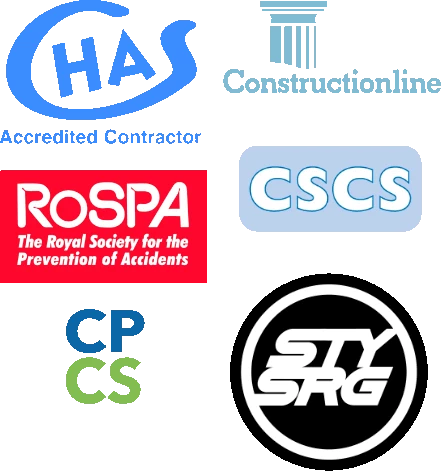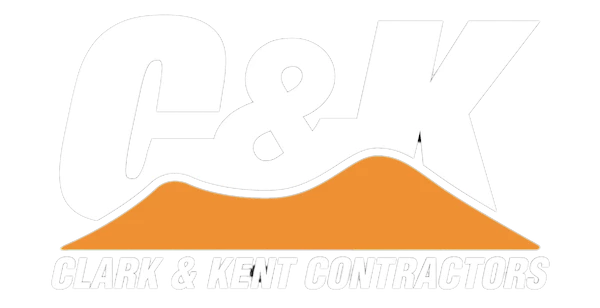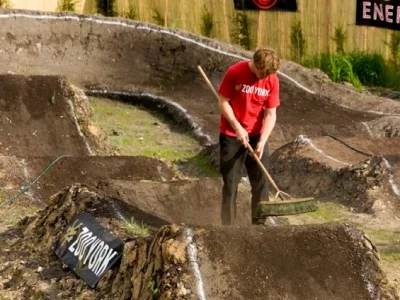DIY pump track design and construction
Many BMX riders will have daydreamed about having a practice pump track built outside their door or in the back garden.
Pump tracks are not just great fun for beginners; they can help even the pros to hone their BMX bike track skills.
Clark & Kent Contractors are the acknowledged experts at pump track building, having completed scores of projects across the UK, from small-budget pump track builds to major circuits.
Former BMX world champion Marco Dell'isola called in Clark & Kent to make his private backyard pump track in Stoke-on-Trent.
And Clark & Kent even have their own backyard BMX pump track with jumps, rollers and berms that test the skills of even the top BMX racers.
If you want a professional pump track built, call in experts like Clark & Kent, who design and develop some of the best pump tracks in the country for a lot less than you might think.
But with just a small space, some spades, wheelbarrows and a few fit friends to wield some shovels, it is incredible what can be done.
Pump tracks are so simple
The idea of a BMX pump track is straightforward; all that's required are a few berms, rollers and jumps laid out so the BMX rider can 'pump' the bike around it without using any pedal power. Of course, it helps to rent a few earth-shifting tools such as a mini-digger and an earth compacter, but even with just a few essential hand tools and some wheelbarrows, it's possible to build your backyard pump track for very little money. Even the smallest pump tracks can be demanding for riders and great fun to ride provided it generates momentum. So the planning stage is one of the most important. It's not just a case of avoiding power cables, water pipes and so on; it's also a good idea to sketch out the course. The initial pump track design should avoid flat spots, tree roots, rocks and so on, but other things should be considered.
Get the lie of the land
Each part of the track needs to bank up, down or sideways to ensure the rider can keep the momentum going, so it's essential to gauge the lie of the land and make the most of what you've got. While the pump track will evolve as the building proceeds, a little planning at the start can avoid tears and heartache later. It's a good idea to mark out the course at the beginning, taking advantage of any natural bumps and hollows, and while you do that, consider drainage, so you don't end up with a backyard pond every time it rains. The first digging job is to rough out the general track layout. The rollers and berms need to be taking shape before you start packing them down. Working after a dry spell is much better, especially if your soil is heavy clay. Rainfall will not only make each shovel sticky; it will weigh a lot more and make the work much harder.
The track starts to take shape
Once the general track is roughed out, it's time to develop the detail. Rake over the soil and reshape when necessary. The design is unlikely to be perfect the first time around, so don't be shy about making changes. Roller placement is crucial as BMX riders need momentum to get up and around steep berms. Place rollers on each side of the berms so bikers can really 'pump' up the speed. Straights also need regular rollers to 'pump' up the bike speed. Creating a camber on straights also helps to power the pump action. Even at the rough pump track building stage, getting on a BMX bike can be helpful in trying things out. Decisions on the tightness of berms and the height of rollers in the early stages can save a lot of heartaches (and muscle ache later on).
Pack the dirt down
When the track is in some shape, it's time to pack the dirt down. This is where the work gets hard, but it must be done well to avoid ruts forming on the surface later. If you are going to hire just one piece of equipment, then make it one that can pack the earth, and it's a great idea to sow grass seed on the raised surface off the track as the grass will hold the soil together. Don't try to ride the route too soon after finishing your pump track build. A few rides to finalise features are OK, but it's a good idea to let the soil 'settle' and harden first.
Reaping the rewards
When the track is ready, expect lots of phone calls. All those friends who helped will want to test out the new circuit. It can be great fun building your BMX pump track and give great satisfaction despite all the hard work. It helps cement friendships and provides a terrific BMK bike resource outside your back door.
More on BMX track design
Setting BMX racetrack standards
Track building guidelines
Pump track design
Endorsements


